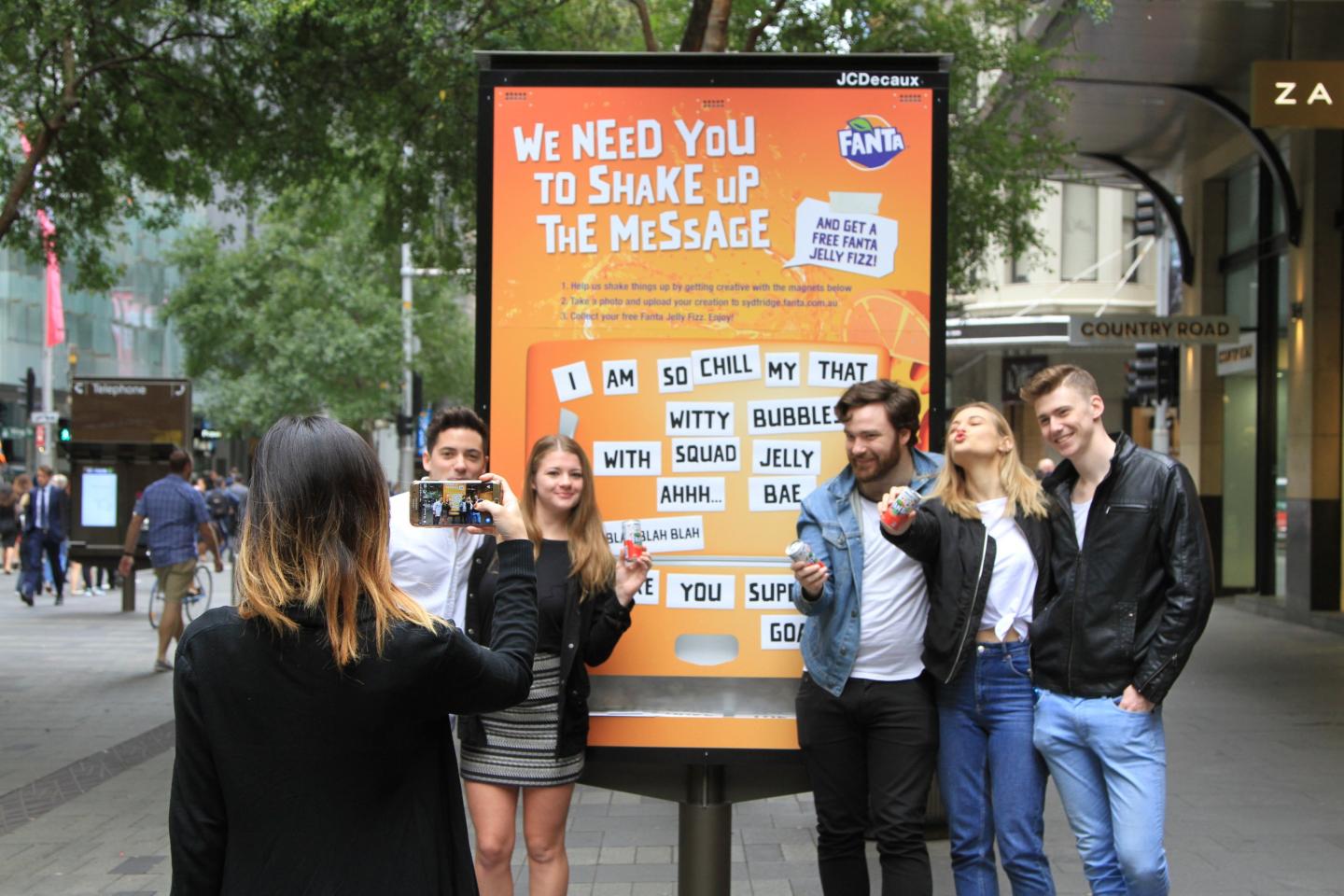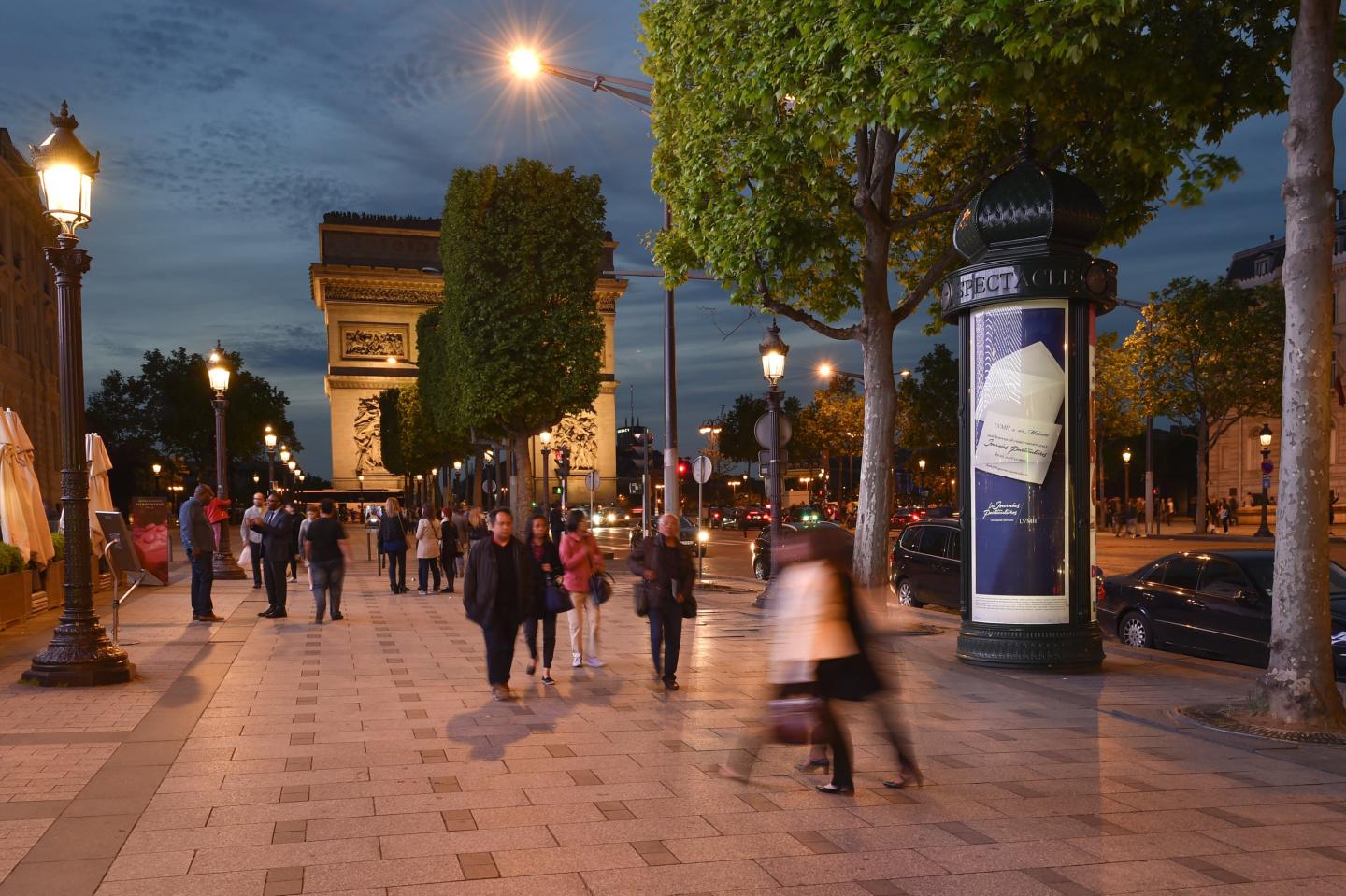For brands
Viewability, Reliability, Brand Perception: OOH in an Online World
Media planning requires informed decision-making within the most complex and fragmented media landscape to date. Online advertising has been growing exponentially with ad spend finally overtaking TV. However, there are still concerns revolving around ad-fraud, reliability and effectiveness of digital.
By drawing a direct comparison between Out-of-Home (OOH) and Online media, we explore three key aspects which deliver results: Viewability, Reliability and Brand perception.
Bot traffic is at its highest, and according to the Association of National Advertisers (ANA) economic losses due to bot fraud are estimated to reach $6.5 billion globally in 2017. ComScore global figures suggest that on average, up to 50% of online display ads were still not viewable in Q2 2017, and according to Google up to 76% of digital ads do not even appear on screen. No wonder ANA wants the entire industry to shift standards from impressions served to impressions viewed.
Furthermore, online, ads are competing amongst themselves creating clutter. In the attempt to maximise viewability, ads often demand compulsory viewing before serving content, which can be detrimental to building positive brand perceptions.
On the other side of the media spectrum, OOH provides 100% human audiences. With strategic, high-traffic placement OOH viewership is both high and guaranteed. The OOH environment is non-intrusive yet has an unmissable presence in the urban space. Marketers choose it because the medium excels at building brand fame and trust among audiences. Jaguar on the LDN London Digital Network, JCDecaux UK
Jaguar on the LDN London Digital Network, JCDecaux UK
For OOH, official industry bodies like Route publish accurate audience measurement data. However, for online, data is only supplied by ad operators to their clients. The traffic algorithms are proprietary and often evolve due to advances in technology or changes in regulation (e.g. The Great Firewall of China). This adds to the element of fluctuation for online reporting in the long run, which advertisers often find frustrating.
In contrast to traditional media like OOH, online is still young, and industry standards are still being established. Since reliability is key for ad spend decision making, marketers are questioning data sources and their definitions of online measurability. For OOH, innovation in measurement and integrating such tech as GPS, Wi-Fi or eye tracking, deliver increasingly sophisticated, accurate and importantly - tangible results that marketers seek. Fanta mobile integration drives-to-social, JCDecaux Australia
Fanta mobile integration drives-to-social, JCDecaux Australia
There is a generally accepted belief that overexposure to online ads is reducing their efficacy. A study by HubSpot found that digital ads are perceived as ‘annoying’ and ‘intrusive’, with 40% of global users having installed an ad blocker. Finally, when asked about ads based on personal search history, 41% stated ‘annoyed – I wouldn’t click no matter what’, demonstrating that when it comes to ads, privacy is often more important to users than utility. Google’s DoubleClick recently announced their work with Nielsen towards consolidating media buying to reduce siloed buys and thus overexposure, but it is still work in progress.
Meanwhile, architectural design and city service provision have long ago earned OOH a distinguished role within its native urban landscape. OOH does not suffer from the same negative perception of online advertising – that feeling of being bombarded and one’s privacy invaded. Furthermore, in the digital world, ‘premium’ often means ‘no advertising’. Whereas ‘premium’ OOH advertising such as at the airport, builds brands and offers an exclusive experience that audiences seek out actively LVMH on the Champs Elysees, JCDecaux France
All in all, it seems that beyond the short-term results, there is still plenty of room for improvement in online ad effectiveness. One can still safely proclaim that brands’ tangible communication in OOH cannot be replaced by a virtual one online.
LVMH on the Champs Elysees, JCDecaux France
All in all, it seems that beyond the short-term results, there is still plenty of room for improvement in online ad effectiveness. One can still safely proclaim that brands’ tangible communication in OOH cannot be replaced by a virtual one online.
By drawing a direct comparison between Out-of-Home (OOH) and Online media, we explore three key aspects which deliver results: Viewability, Reliability and Brand perception.
Viewability: Do people see ads?
Although people are continually exposed to advertising, do they always see it? Online faces viewership obstacles such as bots, ad blockers and ad fraud.Bot traffic is at its highest, and according to the Association of National Advertisers (ANA) economic losses due to bot fraud are estimated to reach $6.5 billion globally in 2017. ComScore global figures suggest that on average, up to 50% of online display ads were still not viewable in Q2 2017, and according to Google up to 76% of digital ads do not even appear on screen. No wonder ANA wants the entire industry to shift standards from impressions served to impressions viewed.
Furthermore, online, ads are competing amongst themselves creating clutter. In the attempt to maximise viewability, ads often demand compulsory viewing before serving content, which can be detrimental to building positive brand perceptions.
On the other side of the media spectrum, OOH provides 100% human audiences. With strategic, high-traffic placement OOH viewership is both high and guaranteed. The OOH environment is non-intrusive yet has an unmissable presence in the urban space. Marketers choose it because the medium excels at building brand fame and trust among audiences.

Reliability: In data, we trust
The two indicators of data accuracy for both OOH and online are Reach and importantly, an agreed and consistent definition of a View.For OOH, official industry bodies like Route publish accurate audience measurement data. However, for online, data is only supplied by ad operators to their clients. The traffic algorithms are proprietary and often evolve due to advances in technology or changes in regulation (e.g. The Great Firewall of China). This adds to the element of fluctuation for online reporting in the long run, which advertisers often find frustrating.
In contrast to traditional media like OOH, online is still young, and industry standards are still being established. Since reliability is key for ad spend decision making, marketers are questioning data sources and their definitions of online measurability. For OOH, innovation in measurement and integrating such tech as GPS, Wi-Fi or eye tracking, deliver increasingly sophisticated, accurate and importantly - tangible results that marketers seek.

Brand perception: quality over quantity
In a recent global media study by Kantar, results revealed that even though people spend more time online, all generations are more open to OOH and TV advertising than to online.There is a generally accepted belief that overexposure to online ads is reducing their efficacy. A study by HubSpot found that digital ads are perceived as ‘annoying’ and ‘intrusive’, with 40% of global users having installed an ad blocker. Finally, when asked about ads based on personal search history, 41% stated ‘annoyed – I wouldn’t click no matter what’, demonstrating that when it comes to ads, privacy is often more important to users than utility. Google’s DoubleClick recently announced their work with Nielsen towards consolidating media buying to reduce siloed buys and thus overexposure, but it is still work in progress.
Meanwhile, architectural design and city service provision have long ago earned OOH a distinguished role within its native urban landscape. OOH does not suffer from the same negative perception of online advertising – that feeling of being bombarded and one’s privacy invaded. Furthermore, in the digital world, ‘premium’ often means ‘no advertising’. Whereas ‘premium’ OOH advertising such as at the airport, builds brands and offers an exclusive experience that audiences seek out actively




